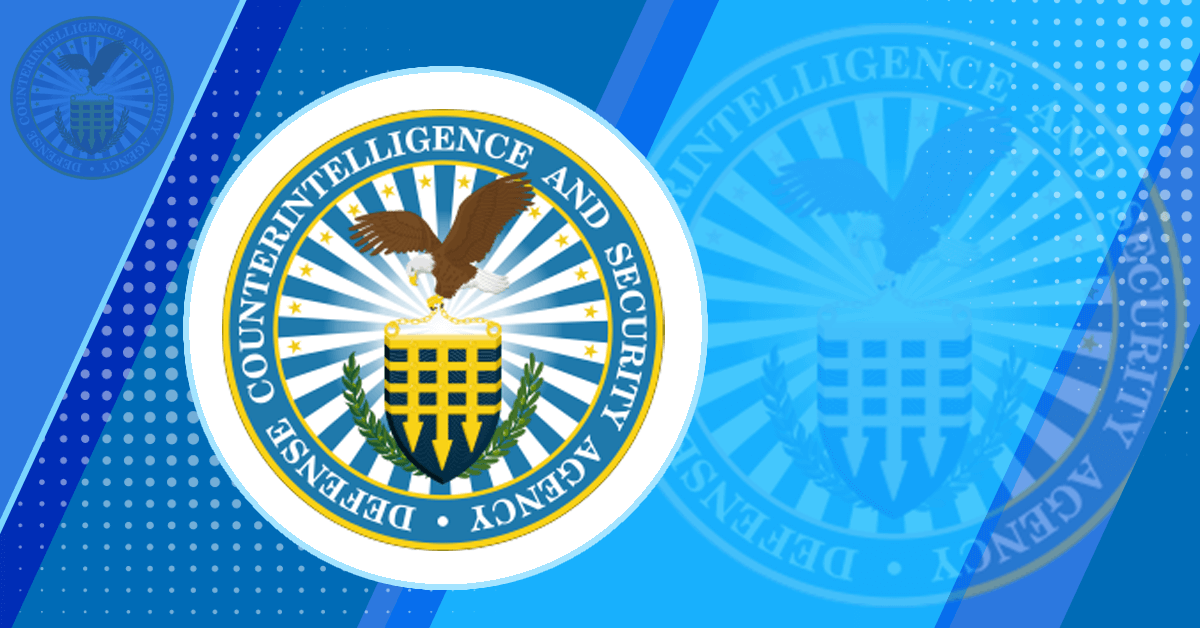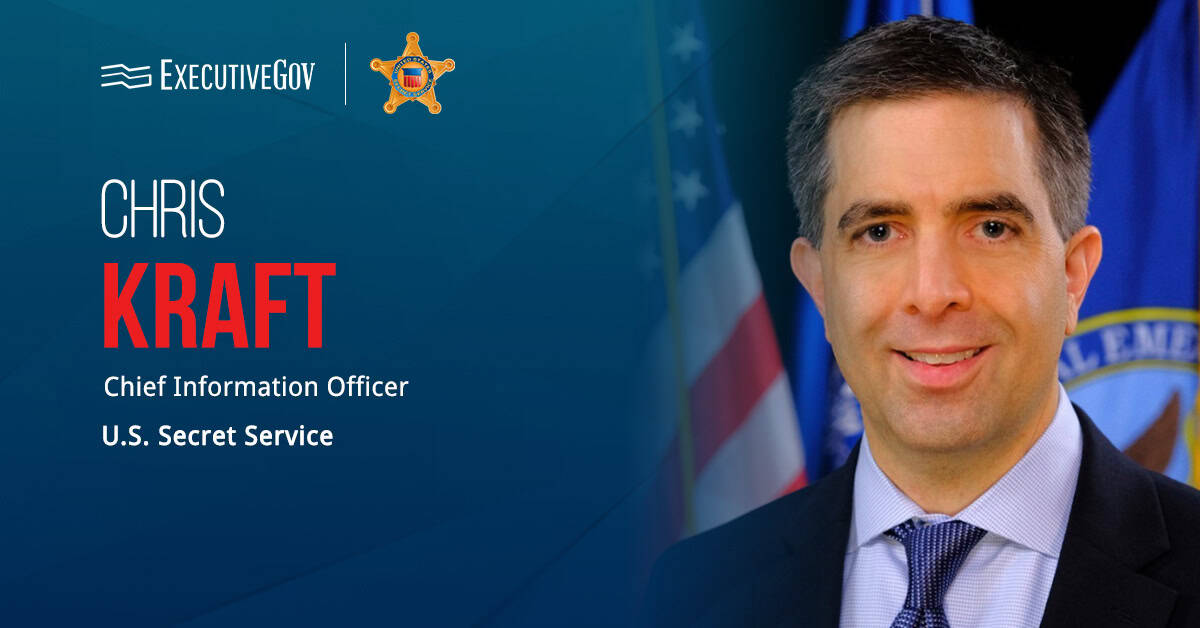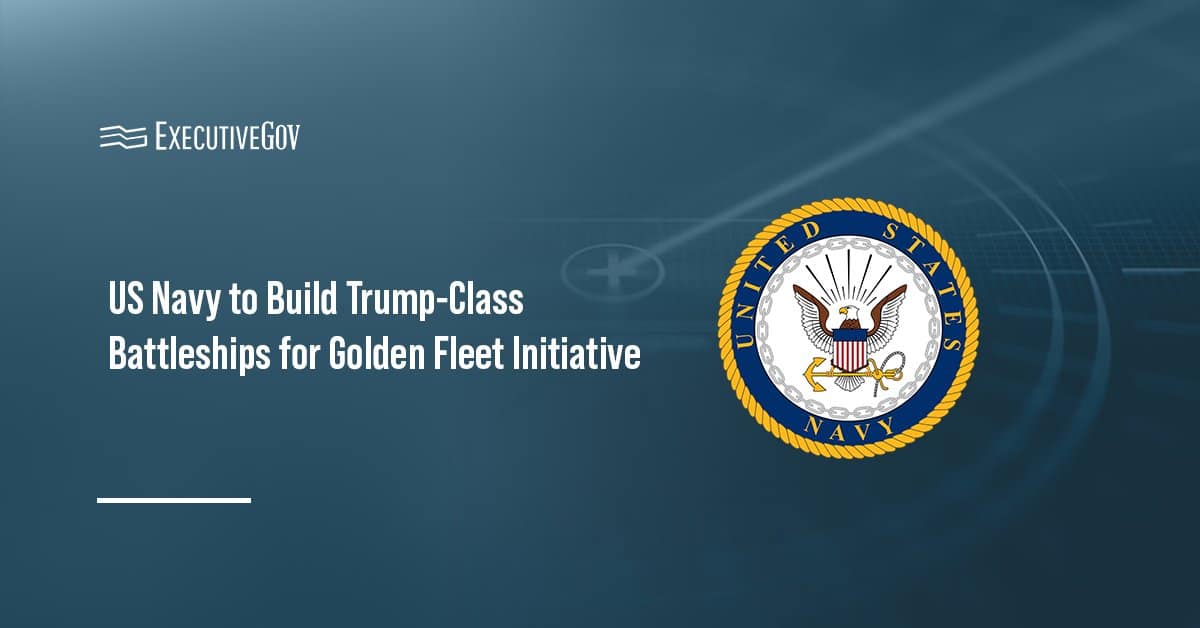A collaboration between the Defense Counterintelligence and Security Agency and a team of students from Michigan Technological University resulted in the development of an artificial intelligence-powered automation tool that could analyze and scan publicly available corporate documents for potential indicators of foreign influence.
The tool, which uses advanced optical character recognition, or OCR, natural language processing and machine learning, achieved 98.9 percent accuracy in document scanning and OCR conversion and 98.3 percent accuracy in data extraction and classification, DCSA said Wednesday, adding that the software extracts details about key personnel and takes only two seconds to generate reports highlighting suspicious connections or patterns. The system also allows users to define and update areas of concern, such as specific foreign affiliations or sensitive corporate roles.
Driving Innovation Through Partnerships With Academic Institutions
Corey Sampson, chief of engineering sustainment for the national industrial security system portfolio in the industrial security systems and services section of the DCSA Program Executive Office, mentored the MTU team, which completed the AI solution over two semesters under the university’s Enterprise Program, designed to provide students with experience in solving open-ended, industry-driven problems.
Sampson said the collaboration demonstrated the potential of academic institutions to drive innovation in support of national security. The team’s work aligns with DCSA’s mission of “safeguarding the nation’s trusted workforce, workspaces, classified information and critical assets through personnel security, industrial security, counterintelligence and insider threat and security training,” he added.
According to Wallace Coggins, DCSA chief data and AI officer, the partnership with MTU provided an opportunity to gain insights into the latest advancements and potential of AI, supporting DCSA in securing the U.S. defense industrial base and protecting its critical technologies.





